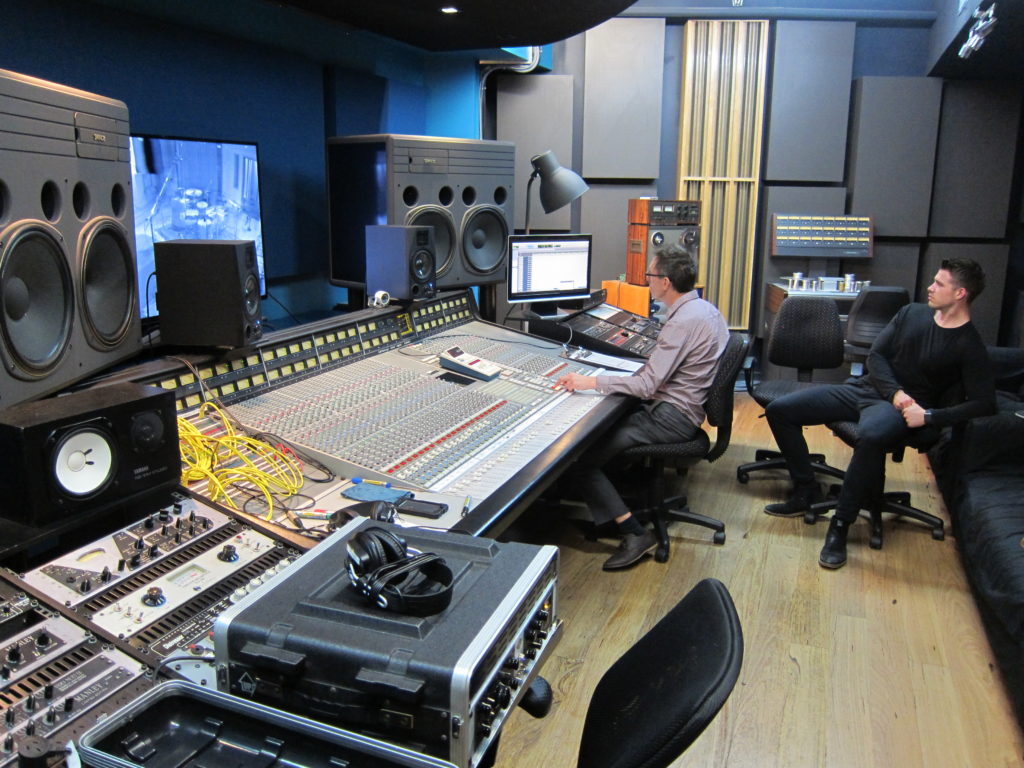
Welcome to 2019. Since I’m on some glorious restful holidays, I’ve been able to thumb through some older Sound on Sound articles. In the November issue of 2018 there was an interesting interview with Mark Ralph – Engineer and Producer for Clean Bandit.
While primarily being an “in the box” mixing engineer for much of his career, he has recently moved back towards a hybrid workflow – getting the most of a combined digital and analog environment. This technique can be emulated by anyone with access to an analog console.
In mixdown, he splits the session across a 48 channel SSL console. In this environment, he gets the mix to around 70%, using desk EQ, compression and outboard.
Then when it’s time for automation, he transfers all 48 channels back into the same Pro Tools session, gets rid of (presumably deactivates) the tracks he doesn’t use, and performs the automation in the box. Brilliant!
But it goes one step further. In the automation stage, he stems all the “new” 48 tracks into 4 subgroups – stereo drums, stereo bass, stereo instruments and stereo vocals. He then brings those stems back into the analog environment – using a total of 8 channels on the console.
So the whole mixing technique has multiple analog and digital stages. He claims that the analog environment helps achieve better separation.
Ralph goes on to say to speak of the other benefits. “First of all when you are recording, the beauty of a console is that you can really shape things in detail before you press Record. It’s an old style of working that I think is still very important. It stops you recording stuff you don’t need, or that’s flawed. You shape stuff the way you want it to sound before you even press Record, and this stops you from having to use tons of digital processing to fix things after recording them. The time you spend shaping your sounds at the beginning stage us time you don’t have to spend later on correcting stuff”.
“Secondly, you’re not pumping everything out of just two channels. Every principal part has it’s own channel on the desk, so you can hear each part separately, or summed in the analog world. The clarity and separation of summing through the mix buss section of the desk much better than summing in digital”. Ralph claims that this technique gives him 10-20% more clarity, and from my own experience is also true.
Also, when mixing in the box, you are relying on the mixing algorithm of the digital audio workstation, whereas on a desk, electronic signals are summed “in the real world”.
As a final benefit, you have the wonderful kinaesthetic/performance element of the analog console environment. This point alone cannot be understated.
It would be possible to copy or emulate Ralph’s technique to lesser or greater extent. Obviously if you have an analog console, you can pretty much copy this. If you don’t have an analog console at home (like me), you can run your channels through an analog channel strip, preamp or other analog processing. There have been occasions when I have run individual drums, bass and vocal channels through an Avalon 737, or the UA 6176 channel strip.
Try it for yourself, and feel free to leave comments.
You must be logged in to post a comment.